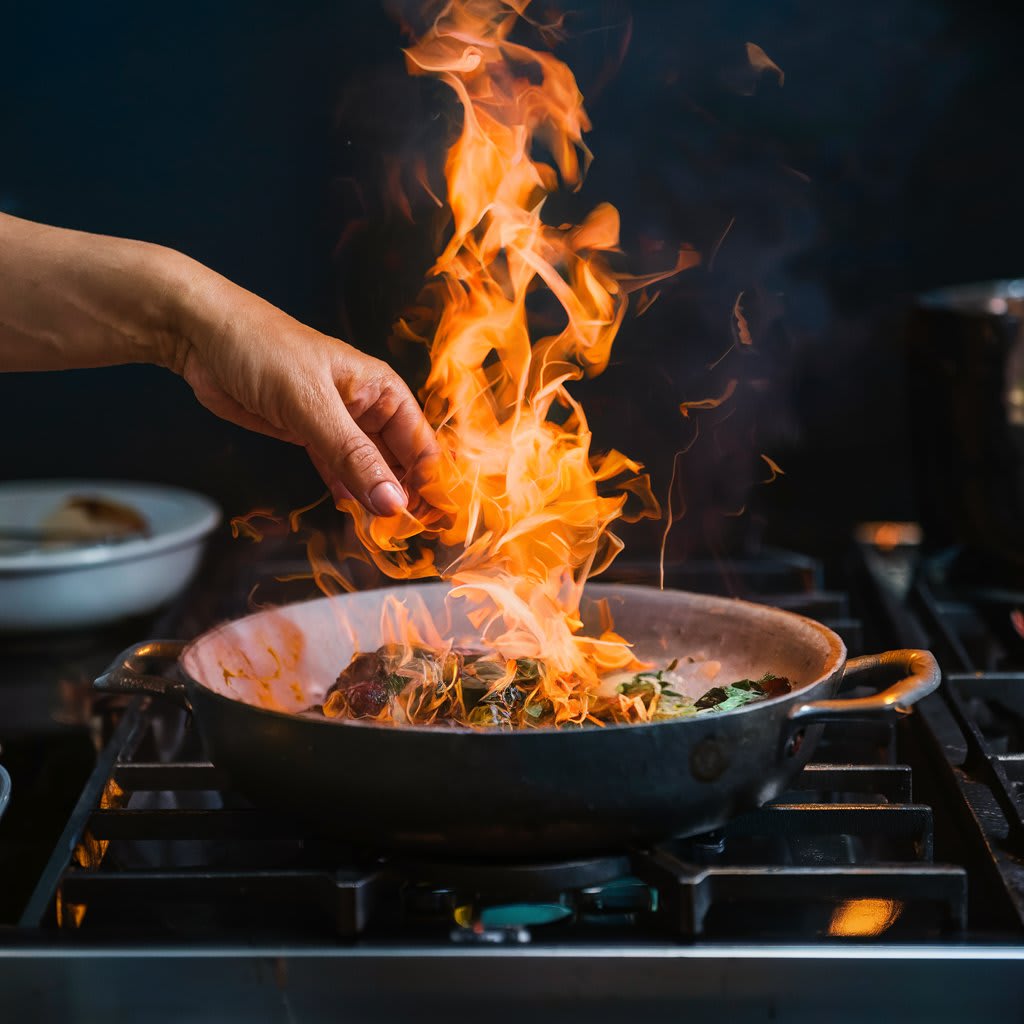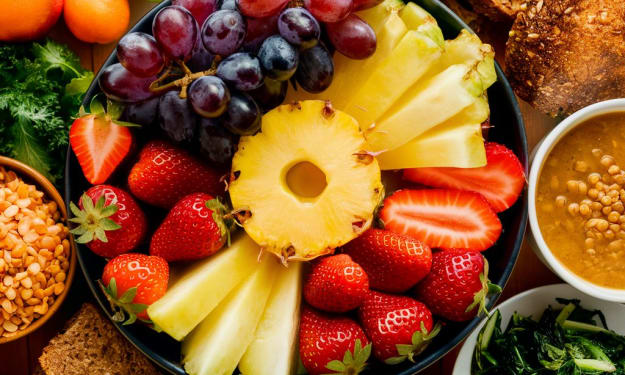What happens when food is repeatedly heated? How to ensure safe food
Lifestyle

Warming food is a typical practice in numerous families and eateries. In any case, it accompanies likely dangers in the event that not done accurately. More than once warming food can influence its healthful quality, taste, and security. This guide investigates what happens when food is warmed on numerous occasions and gives tips on the most proficient method to guarantee safe food taking care of practices.
Impacts of More than once Warming Food
1. Dietary Debasement:
Nutrients and Minerals: Continued warming can prompt the breakdown of intensity touchy nutrients like L-ascorbic acid and some B nutrients. Minerals are by and large more steady yet can be lost assuming that it are disposed of to cook fluids.
Proteins and Fats: Delayed openness to intensity can denature proteins, making them less edible. Fats can oxidize, prompting the development of destructive mixtures, for example, trans fats and free extremists.
2. Changes in Surface and Flavor:
Surface: Food sources, particularly proteins like meat and fish, can become intense and rubbery when warmed on different occasions. Vegetables might become soft and lose their crunch.
Flavor: Continued warming can make flavors crumble. Fragrant mixtures can dissipate, and synthetic responses during warming can deliver off-flavors.
3. Microbial Development:
Microscopic organisms: The greatest worry with warming food is the potential for bacterial development. Food sources left at perilous temperatures (somewhere in the range of 40°F and 140°F or 4°C and 60°C) for broadened periods can foster destructive microbes like Salmonella, E. coli, and Listeria.
Poisons: A few microbes produce poisons that are not obliterated by heat. For instance, Staphylococcus aureus can create poisons in food that warming won't wipe out.
Guaranteeing Safe Food Practices
1. Appropriate Capacity:
Refrigeration: Store extra food in sealed shut holders and refrigerate in somewhere around two hours of cooking. For huge amounts, partition food into more modest bits to cool all the more rapidly.
Freezing: For longer capacity, freeze extras. Name holders with dates to monitor capacity times.
2. Warming Techniques:
Temperature: While warming food, guarantee it arrives at an inward temperature of somewhere around 165°F (74°C). Utilize a food thermometer to check.
In any event, Warming: Mix food during warming to guarantee even appropriation of intensity. In a microwave, cover food and turn the dish to keep away from cold places where microbes can get by.
Keep away from Different Warms: Attempt to warm just the piece you plan to eat. Over and again warming and cooling food builds the gamble of bacterial development.
3. Safe Taking care of Practices:
Cleanliness: Wash hands completely prior to taking care of food. Clean surfaces, utensils, and cooking gear consistently.
Keep away from Cross-Pollution: Utilize separate cutting sheets and utensils for crude and cooked food varieties to forestall the spread of microbes.
Appropriate Defrosting: Defrost frozen food sources in the cooler, under chilly running water, or in the microwave. Try not to defrost at room temperature, as this can energize bacterial development.
4. Checking Food Quality:
Visual and Smell Checks: Prior to warming, really look at nourishment for indications of waste like uncommon scents, staining, or shape. If all else fails, toss it out.
Taste: Assuming food tastes off subsequent to warming, disposing of it is better. Trust your faculties to stay away from potential foodborne disease.
Normal Food sources and Warming Rules
1. Meat and Poultry:
Guarantee meat is warmed completely. Try not to warm on various occasions as this can harden the surface and debase flavor.
2. Rice:
Rice can hold onto Bacillus cereus spores, which can endure cooking and duplicate on the off chance that rice is left at room temperature. Warm rice completely and guarantee it is steaming hot.
3. Soups and Stews:
These can be warmed on various occasions, yet consistently guarantee they arrive at a limit to kill any microorganisms. Store in shallow compartments for speedier cooling.
4. Eggs and Dairy:
These items are exceptionally short-lived. Warm egg dishes and dairy-based sauces to a protected temperature and try not to warm on numerous occasions.
End
More than once warming food can think twice about healthful quality, surface, flavor, and security. By understanding the impacts of warming and following legitimate stockpiling, taking care of, and warming practices, you can limit the dangers related with this normal practice. Continuously focus on cleanliness, screen food quality, and guarantee food sources are warmed to safe temperatures to safeguard your wellbeing and partake in your dinners securely.
About the Creator
Enjoyed the story? Support the Creator.
Subscribe for free to receive all their stories in your feed. You could also pledge your support or give them a one-off tip, letting them know you appreciate their work.






Comments (1)
Interesting and delicious content, keep posting more now